Trophies, Ritual, and the Object as Form
Across cultures, humans have made objects to embody ideas and to give visible form to forces, emotions, or achievements that cannot otherwise be held. In ritual, commemoration, and competition alike, these objects serve as mediators between the abstract and the tangible. They mark what cannot be measured: devotion, endurance, transformation, memory.

A trophy functions in this way. It both a prize or token and a physical stand-in for an invisible value. The act of making or awarding a trophy is an act of translation that turns a fleeting state or condition into a lasting material presence. Whether cast, carved, or assembled, the trophy declares: this experience, this quality, deserves form.
Some trophies throughout history have taken the shape of vessels, because the vessel suggests holding, containment, or offering. But many others like columns, shields, reliefs, abstract forms express their purpose through gesture, balance, and spatial relation rather than containment. A trophy may lift, lean, fragment, or extend; its attitude can imply reverence, triumph, stillness, or uncertainty. Across time and culture, these commemorative objects have been used to translate abstract meaning into form.

Your task is to work in this lineage: to make an object that speaks for something immaterial. The result should not imitate a traditional chalice or cup, but explore how form itself—through structure, surface, and material presence—can stand in for the invisible value it claims to honor.
In this project, you will be assigned one trophy title from a shared list. You do not choose your own title. This constraint will push you to think creatively within bounds.
When designing your trophy, think about concept & metaphor, try to stay away from cliche symbolism, i.e. red+angry, things like shattered glass. Consider:
• How does your object embody the idea or condition it honors?
• What does it reveal, conceal, or transform?
• How do materials, textures, and finishes make the invisible legible?
• Can proportion, rhythm, or balance communicate a state—such as hesitation, persistence, or loss—without relying on symbol?
Formal Considerations:
As you design and build, be mindful of:
• Implied lines and contours (how your forms lead the viewer’s eye)
• Overall shape and silhouette (positive/negative space)
• Texture & surface finish (polish, roughness, traces of process)
• Tension between presence and absence (voids, holes, cuts, gaps)
• Rhythm and repetition (echoed motifs, serial elements, pattern)
• Balance / equilibrium (how the trophy holds or resists gravity)
Scale and Presentation
• Maximum height: 24 inches
• The piece should stand freely (no hanging)
• You may augment with a base of wood, plaster, or cement
• Consider how viewing angles, light, and negative space influence perception
Techniques can be a combination of:
Carving of wood or plaster
Casting of cement (will demo next week)
Building with wood
Due next class: 10 ideas based on your title with sketches and materials you might use
Examples
Barbara Hepworth
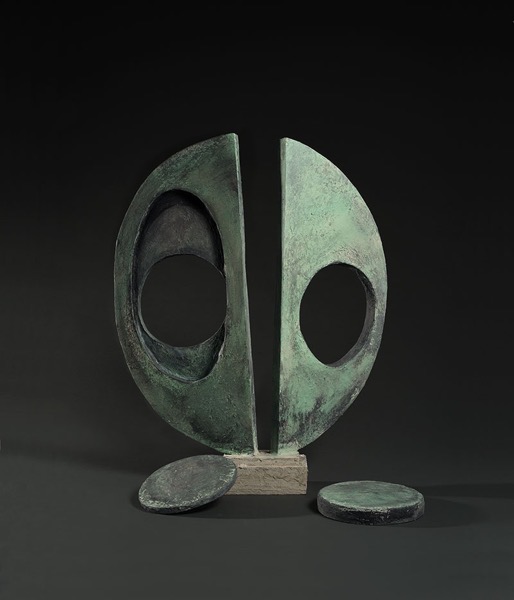
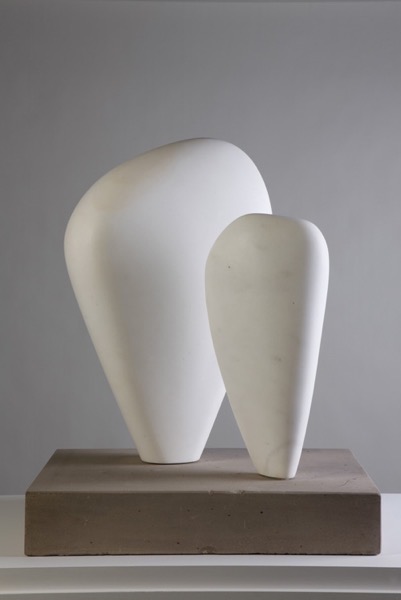
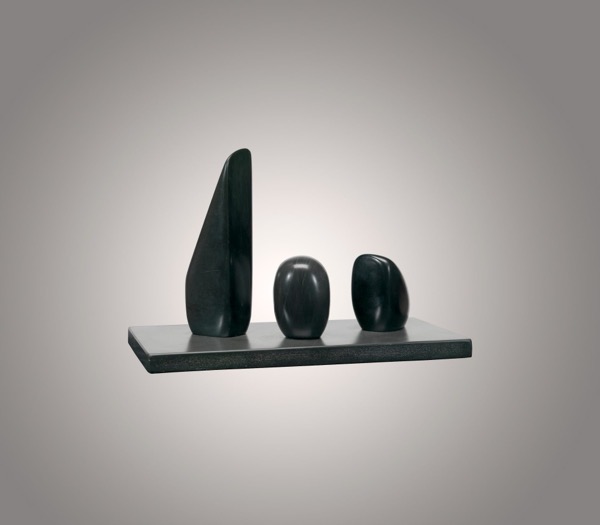
.jpeg)
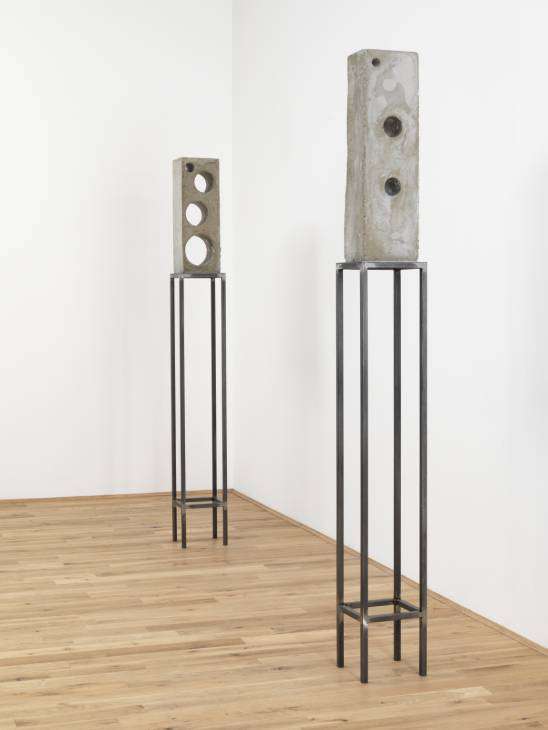
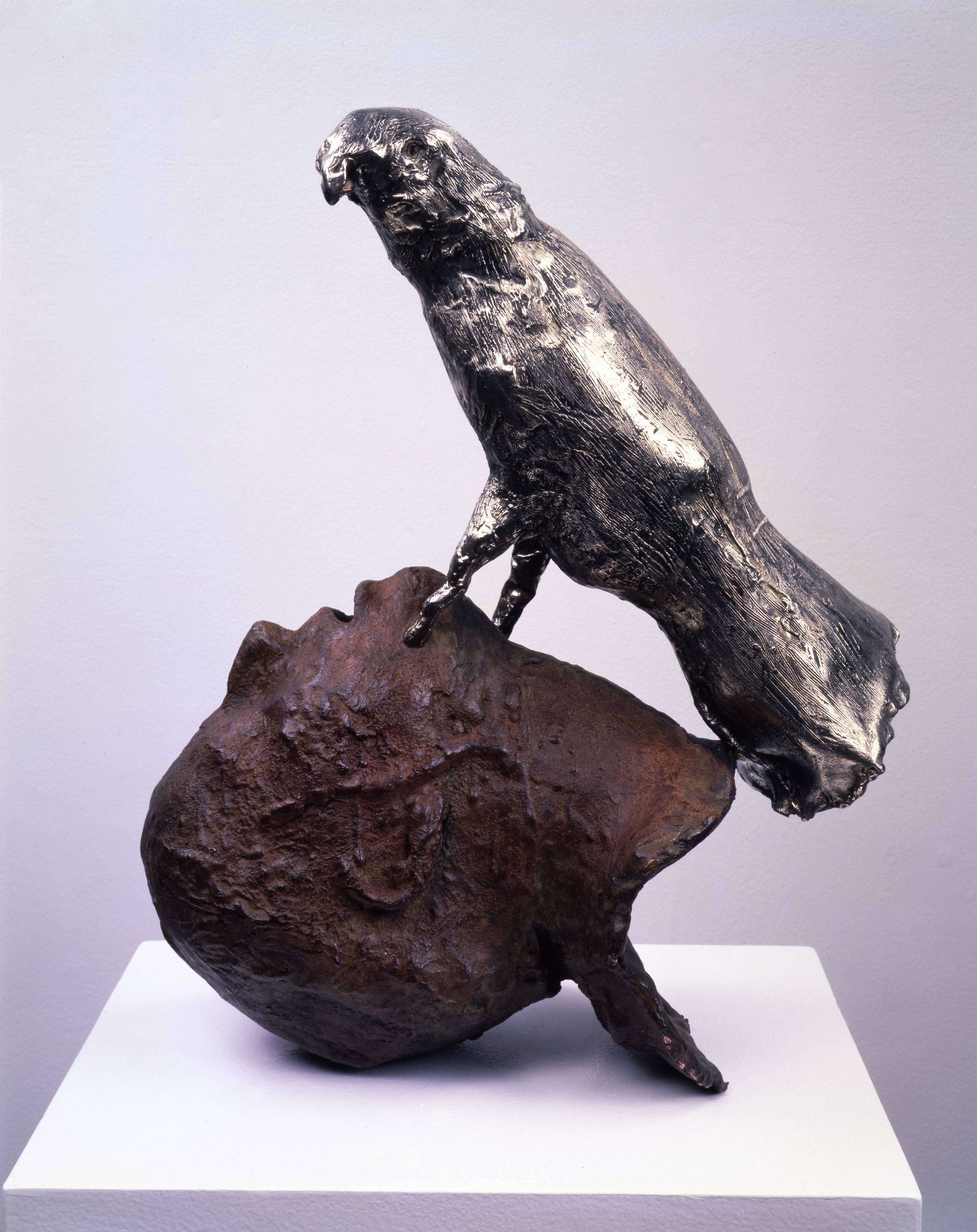
.jpeg)
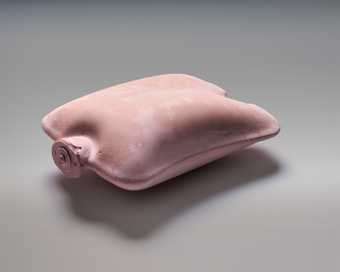
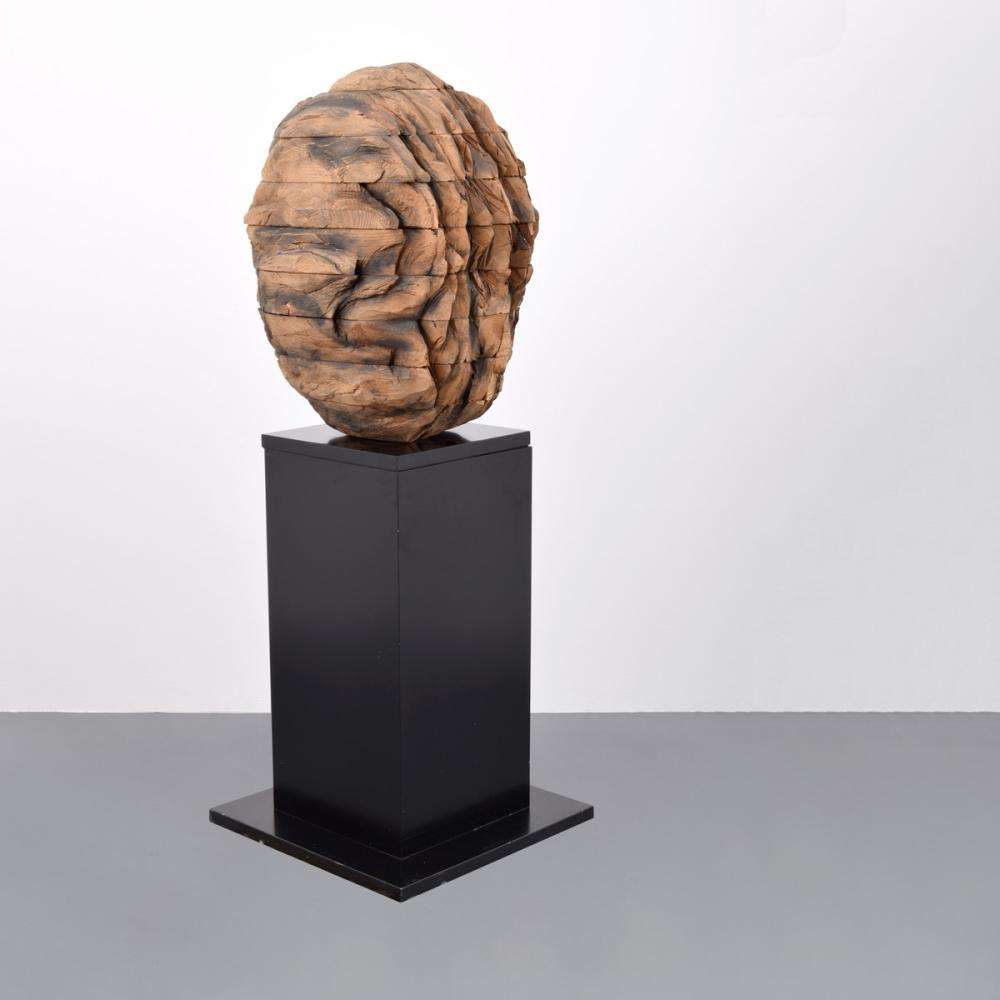
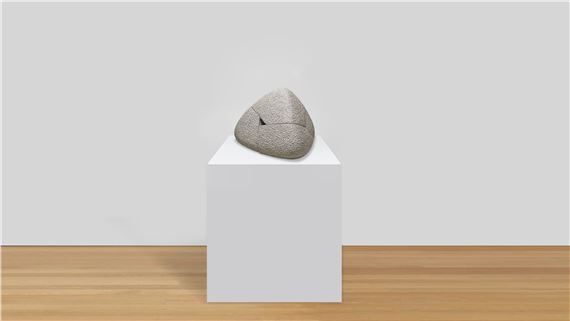
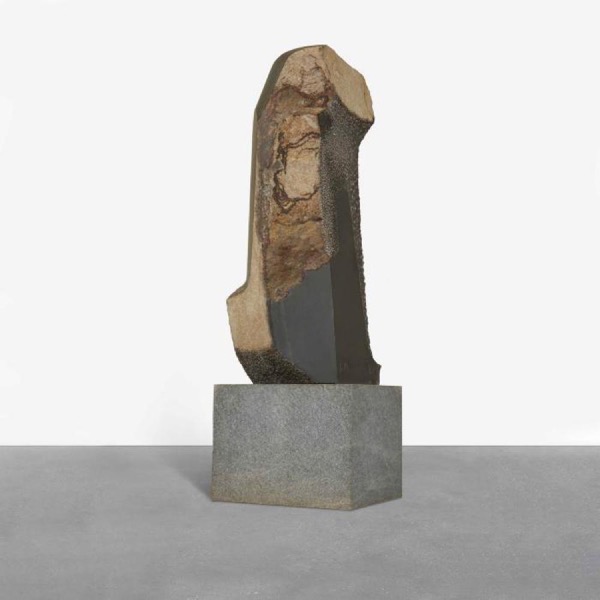
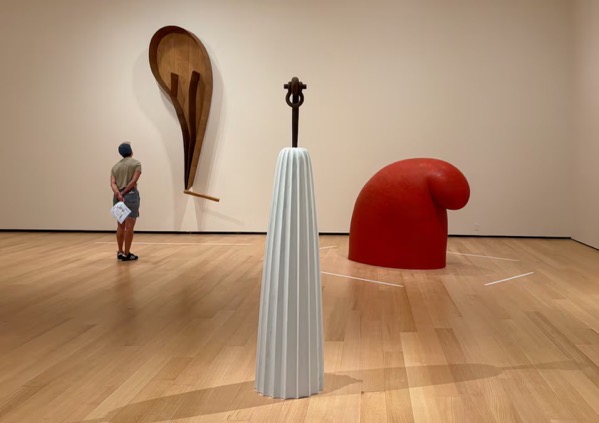
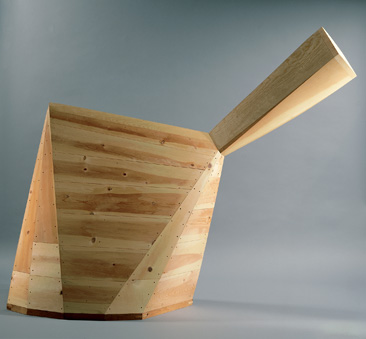
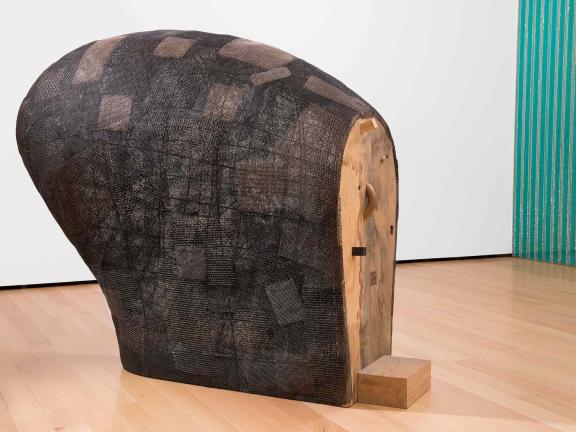
Artists to look at:
• Barbara Hepworth – organic abstraction and voids
• Isamu Noguchi – stone and cast forms blending ritual and modernism
• Martin Puryear – wood and structure, metaphor without symbol
• Ursula von Rydingsvard – carved cedar, tactile monumentality
• Jean Arp – plaster biomorphs, proto-trophies of form
• Rachel Whiteread – cast absence (plaster/concrete)
• Simone Leigh – ceramic/bronze vessels, feminine and ritual presence
• Eduardo Chillida – concrete and void
• Theaster Gates – material transformation and social ritual
• Donald Judd – concrete repetition and formal purity
• Anish Kapoor – interiority and reflection as void
• El Anatsui – assemblage as social monument
• Rebecca Warren – abstracted clay/bronze trophies of gesture